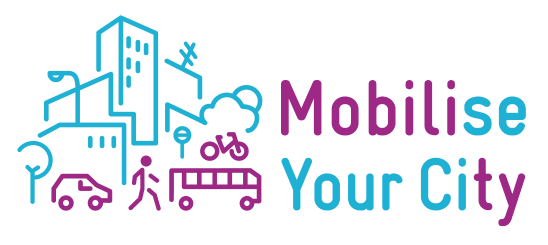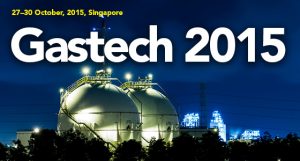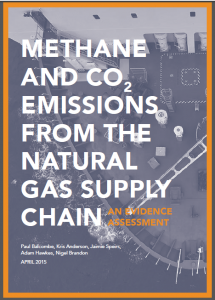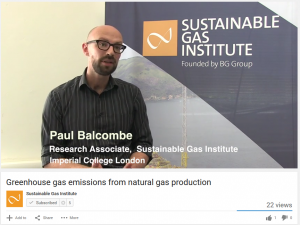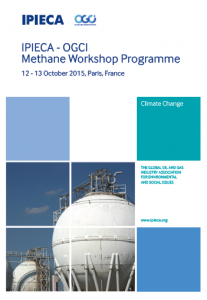Last week, Arnaud Koehl, a PhD researcher at the Department of Primary Care and Public Health at Imperial College, attended the United Nations Conference of the Parties COP22 climate conference in Marrakech. Arnaud is investigating the kind of sustainable transport policies that could co-benefit health and the economy while addressing climate change.
The importance of transport in combating climate change
The transport sector represents about 14% of worldwide greenhouse gases emissions (Intergovernmental Panel on Climate Change IPCC, 2010). More worryingly, the International Energy Agency (IEA) projects a huge growth in private motorised modes of transport; according to these estimates, there will be around 2 billion cars on the roads by 2040! It is therefore paramount that we find low-carbon pathways that will meet the increasing demand for mobility.
So how will these transport emissions (addressed by the Paris Agreement) be enforced by 2020? The way the Agreement is framed relies on the good will of each nation or signatory: countries put forward policies to reduce greenhouse gases emissions for each economic sector (e.g. industry, agriculture, housing) themselves. The legal name for these voluntary targets is “Intended Nationally Determined Contribution” (INDC). This architecture provides the flexibility needed to address climate policies according to the local context. This strategy proved to be quite successful as three out of four of all countries mention transport in their INDCs.
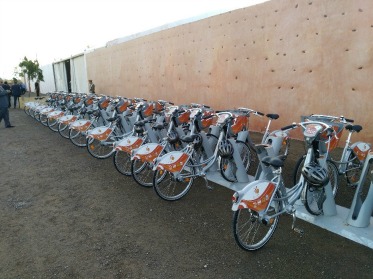
Lessons from COP22: Chinese engagement, policy trends and international cooperation
In the spirit of the Paris Agreement, COP22 proposes a “strong vision, light touch”. I was particularly interested in what this meant for China. The National Development and Reform Commission (NDRC), an important governmental body, just released a report titled “China’s policies and actions for addressing climate change – 2016” .
This report mentions that fuel efficiency improved by 15.9% (2005) for private cars and ships and by 13.5% (2016) for the civil aviation sector. A director at the NDRC, whom I interviewed, stressed that this was the result of an emphasis on “green, circular, low-carbon” policies imposed on the private sector within the 12th (2011 -2015) and 13th (2016-2020) five-year plans of the Chinese government. He was also clear on the fact that these policies are being tested and implemented through thousands of projects around China.
In terms of transport modes, I found a clear consensus on acknowledging the benefits of implementing  Bus Rapid Transit systems across populated urban areas. These are dedicated lanes, typically in the center of the road. The increased use of trains and trams were also leading to a consensus between representatives from differing nations, such as Ethiopia and the United States. Smarter forms of using private motorised modes, such as carpooling, car-sharing, on-demand taxis were also seen as potential ways of reducing emissions.
Bus Rapid Transit systems across populated urban areas. These are dedicated lanes, typically in the center of the road. The increased use of trains and trams were also leading to a consensus between representatives from differing nations, such as Ethiopia and the United States. Smarter forms of using private motorised modes, such as carpooling, car-sharing, on-demand taxis were also seen as potential ways of reducing emissions.
Beyond its final results, COP22 was also the opportunity to seal partnerships to spread good practices internationally. Initiatives from official actors and civil society are soaring in an attempt to implement green policies on time. A good example is Mobilise Your City, gathering 100 cities around the world supporting local governments in developing countries to plan and foster sustainable low-carbon urban mobility. A core belief that Mobilise Your City is promoting among its members is that improving mobility is only relevant if there is a net well-being effect.
How research at the Sustainable Gas Institute can help
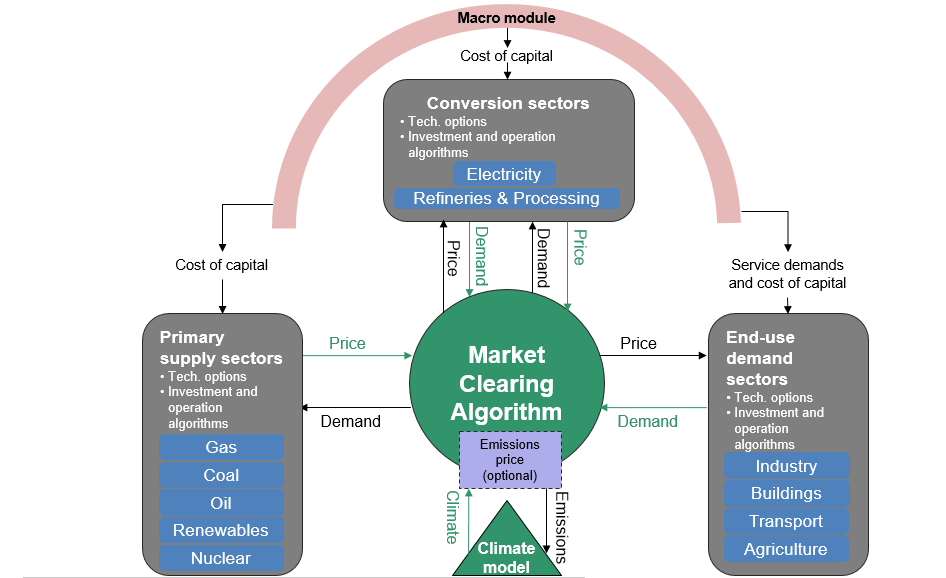 At the start of the year, I was working on the transport module of a new energy systems model developed by researchers at Sustainable Gas Institute (SGI), Imperial College London. The model is called MUSE (Modular Universal energy system Simulation Environment). The aim is that industry will be able to use the model for technology and R&D roadmapping, while it will help international governments make future plans for climate change mitigation.
At the start of the year, I was working on the transport module of a new energy systems model developed by researchers at Sustainable Gas Institute (SGI), Imperial College London. The model is called MUSE (Modular Universal energy system Simulation Environment). The aim is that industry will be able to use the model for technology and R&D roadmapping, while it will help international governments make future plans for climate change mitigation.
Uses of the MUSE Model
MUSE could help answer key COP22 issues. Many participants at COP-22 stressed the lack of research on freight transport, despite the fact that it represents half of overall transport emissions. By taking into account freight-related transportation, MUSE enables us how to assess how policy-makers could avoid unwanted developments, such as a spread of high polluting cars, by looking at the incidence of the price of new technologies based on factors such as economic growth.
Another major opportunity would be to look at the improvement in fuel efficiency of current technologies, such as diesel, petrol and hybrid. Indeed, the share of electric vehicles in the world’s fleet will soar, but fossil fuel powered vehicles will remain an important part of the equation until 2050.
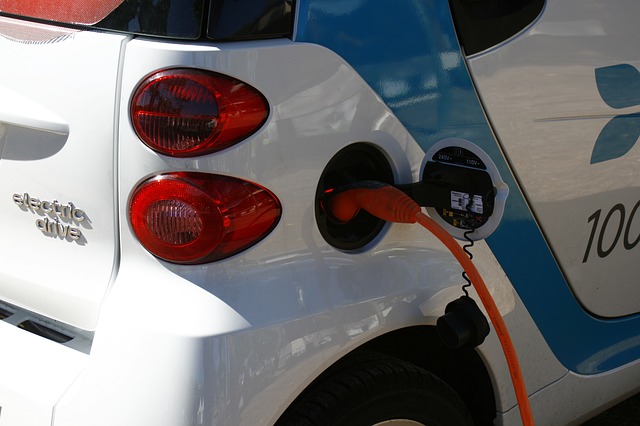 Finally, the MUSE model allows to test such interventions at the national level, which is a relevant scale as powerful policy-makers are often found in capitals. Sanjay Sath, from The Energy and Resources Institute, and Jose Viegas, from the International Transportation Forum expressed the necessity of adopting a dual approach, by implementing national policies at the local level. In that perspective, many highlighted the critical need to get more indicators measuring the progress of environmental policies on the ground to ensure of actual improvement of well-being. An example of such indicators is the proximity of public transport to social housing.
Finally, the MUSE model allows to test such interventions at the national level, which is a relevant scale as powerful policy-makers are often found in capitals. Sanjay Sath, from The Energy and Resources Institute, and Jose Viegas, from the International Transportation Forum expressed the necessity of adopting a dual approach, by implementing national policies at the local level. In that perspective, many highlighted the critical need to get more indicators measuring the progress of environmental policies on the ground to ensure of actual improvement of well-being. An example of such indicators is the proximity of public transport to social housing.
MUSE could make the most of the currently available data in order to give an insight on the future place of transport in urban dynamics, and thus help calculating these indicators further.
You can find out more about MUSE here.

